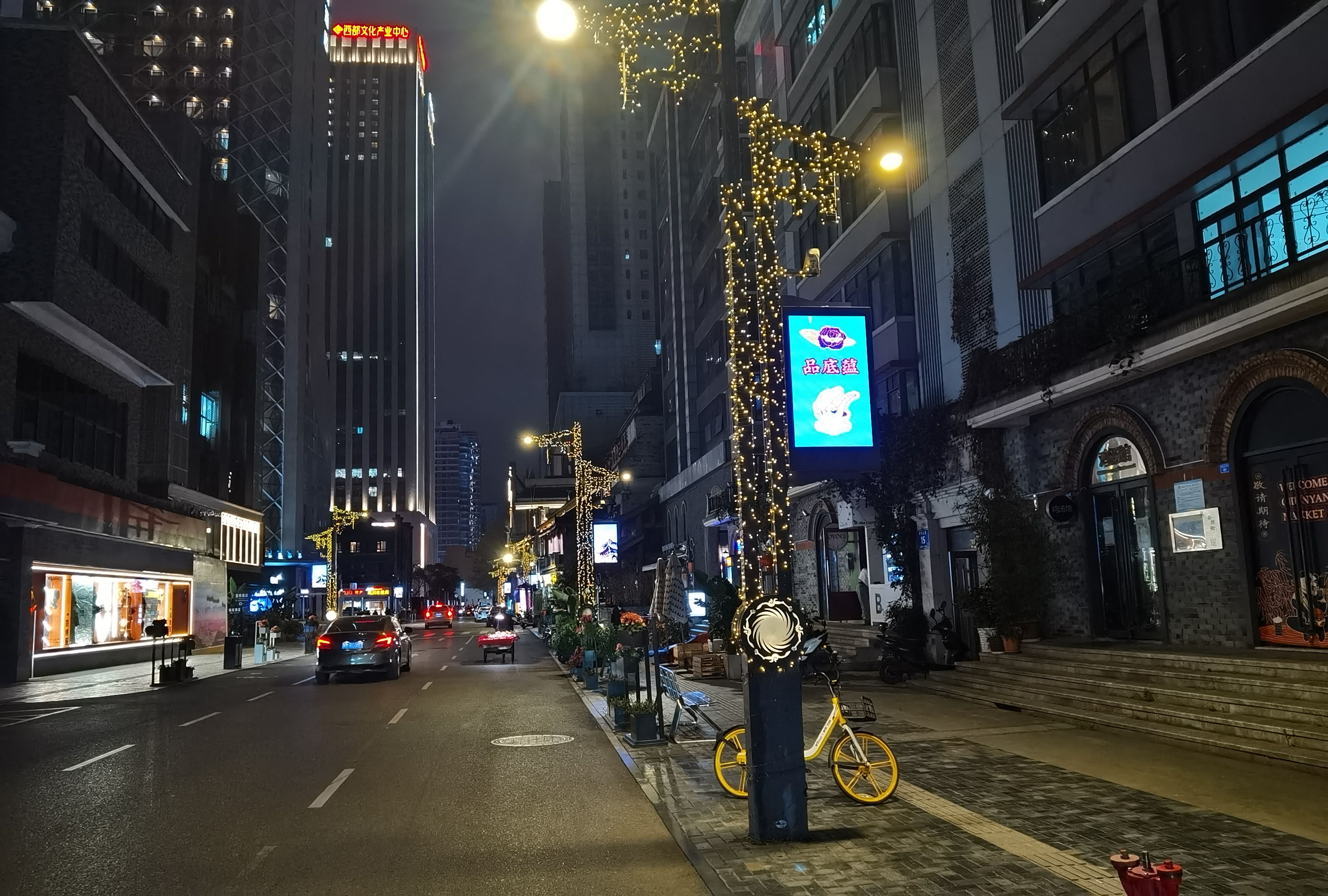What are the common types of LED displays?
Author: Huajiang
Date: 2023-09-08 17:13:39
LED Rental Displays: These displays are designed for temporary use and can be easily disassembled and installed. They are thin and lightweight, allowing for flexible configurations and various visual effects. Rental displays often use SMD technology for high viewing angles.
Applications: Rental displays are suitable for theme parks, bars, auditoriums, theaters, events, and architectural facades.

LED Small-Pixel Pitch Screens: These screens have a small pixel pitch, resulting in high pixel density. Screens with a pixel pitch of P2.5 or lower are considered small-pixel pitch LED displays. They use high-performance driver ICs and seamless horizontal and vertical splicing.
Applications: Small-pixel pitch LED screens are commonly used in airports, schools, transportation hubs, esports arenas, and conference rooms.

LED Transparent Screens: Also known as grid screens, LED transparent screens offer high transparency and low resolution, making them energy-efficient. They can display dynamic content while maintaining transparency, providing a unique visual experience.
Applications: Transparent screens are suitable for advertising media, large shopping malls, corporate showrooms, exhibitions, and more.

Creative LED Displays: Creative LED displays focus on unique shapes and artistic designs. They include cylindrical screens, spherical LED displays, cube displays, wave-shaped screens, ribbon screens, sky screens, and floor tile screens, among others.
Applications: Creative LED displays are used in media advertising, sports venues, conference centers, real estate presentations, stages, and shopping malls.

Fixed LED Displays: Fixed LED displays have a consistent screen size and shape and are not meant for frequent disassembly. They offer a smooth and stable video viewing experience.
Applications: Fixed LED displays are commonly used in TV studios, video walls, VCD or DVD displays, live events, and advertising.

Single-Color LED Displays: Single-color LED displays consist of LEDs of a single color, such as red, blue, white, green, or purple. They are often used for displaying simple text or graphics.
Applications: Single-color displays are used in passenger stations, storefronts, terminal signs, traffic intersections, and information dissemination.

Dual-Color LED Displays: Dual-color LED displays consist of two colors, creating vibrant and eye-catching visuals. Common combinations include yellow-green, green-red, or red-yellow-blue.
Applications: Dual-color displays are used in subways, airports, commercial centers, bridal shops, restaurants, and more for information dissemination.

Full-Color LED Displays: Full-color LED displays can display a wide range of colors and offer a high-resolution and vibrant viewing experience. They use various color LEDs to create millions of colors.
Applications: Full-color displays are suitable for office buildings, high-speed railway stations, commercial advertising, information dissemination, exhibition centers, and more.

Indoor LED Displays: Indoor LED displays are designed for indoor use and are not waterproof. They come in various shapes and configurations, attracting attention with their high-quality visuals.
Applications: Indoor LED displays are commonly used in hotel lobbies, supermarkets, KTVs, shopping malls, hospitals, and indoor events.

Outdoor LED Displays: Outdoor LED displays are designed for outdoor advertising and media purposes. They use multi-level grayscale correction technology to enhance color quality and automatically adjust brightness.
Applications: Outdoor LED displays are used to create a festive atmosphere, promote company products, convey information, and are commonly seen on buildings, in the advertising industry, at company premises, and in parks, among other places.




